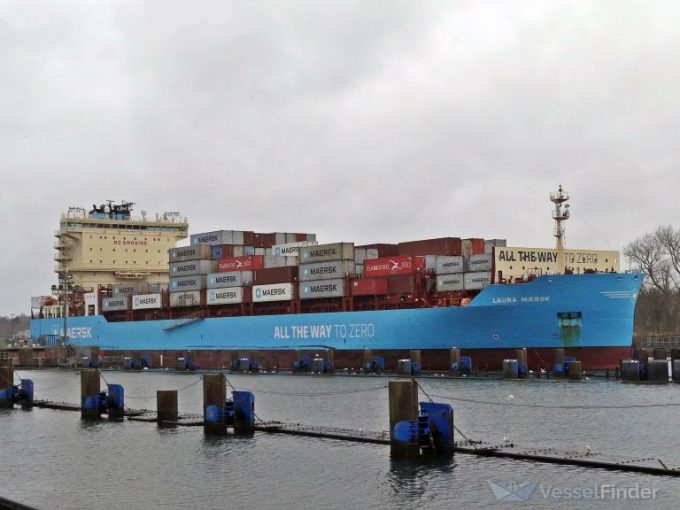Threat of rising oil price adds to frustration for crisis-hit supply chain chiefs
New warnings from the World Bank of surging oil prices, adding to the continuing instability ...

The major container lines continue to dominate regional carriers and commercial feeder operators in the intra-European shortsea markets.
The ocean carriers are keen to tap into niche European markets, as well as operate more of their own feeders and shuttle services in order to expand their global footprints.
Indeed, in past years they have invested heavily in bridging the gap between their deepsea and shortsea businesses, and recognising the operational and commercial differences of the latter.
According to new analysis by Alphaliner, in the past twelve months, ocean carriers had a combined intra-European market share of 71%, leaving just 29% of the market for the traditional regional carriers and feeder operators.
MSC holds the top ranking in the intra-European market, after it increased its deployed capacity on services to 339,978 teu from 316,868 teu the year before.
Alphaliner noted that a significant driver of the Geneva-based carrier’s capacity growth in the past year was the upgrade of its North Europe-East Med Levante Express service from six 6,300-7,800 teu ships to six of 8,000-9,200 teu.
CMA CGM is in second spot, with 181,177 teu of capacity deployed across its intra-European network, up from 157,561 teu in the previous 12-month period.
Third-placed was Maersk, which, during the first year of its 2M Alliance resignation notice period, increased its intra-European capacity to 133,622 teu, from 109,985 teu.
“Maersk is the only carrier of the four largest mainline operators which managed to increase both market share and capacity in the intra-European service segment over the past 12 months,” said Alphaliner. According to the consultant’s data, the Danish carrier improved that market share from 11.3% to 11.7%, whereas MSC’s share declined to 29.7%, from 32.6% the year before.
Meanwhile, CMA CGM’s market share slipped to 15.8%, from 16.2%, while Cosco’s share fell to 5.6%, from 6.7%.
“With 50 containerships deployed, Maersk now operates an additional seven ships, while at the same time it has increased its average vessel size by more than 100 teu, from 2,558 teu to 2,672 teu,” said Alphaliner.
The consultant added that Maersk had launched three new intra-Europe services in the past 12 months, adding capacity of 6,500 teu, including a Germany-Sweden-Denmark loop operated by the world’s first methanol dual-fuel containership – the 2,136 teu Laura Maersk.
Elsewhere, Unifeeder has been overtaken by the Turkish carrier Arkas Line as the largest independent shortsea operator in Europe, and Arkas Group, which includes its feeder arm, EMES, just pipped the DP World-owned operator to become the fifth-largest intra-European operator, with an increase in capacity deployed to 54,514 teu, from 44,892 the year before.
Unifeeder’s capacity rose from 45,872 teu to 50,406 teu, while shortsea rival X-Press increased its deployed capacity from 26,514 teu to 30,025 teu.
However, this may all change over the coming months: the next intra-European capacity analysis produced by Alphaliner is likely to show the effects of the Red Sea crisis, which has seen several carriers transhipping significant Asian cargo, destined for the east Mediterranean, at North European ports for onward relay.
Comment on this article